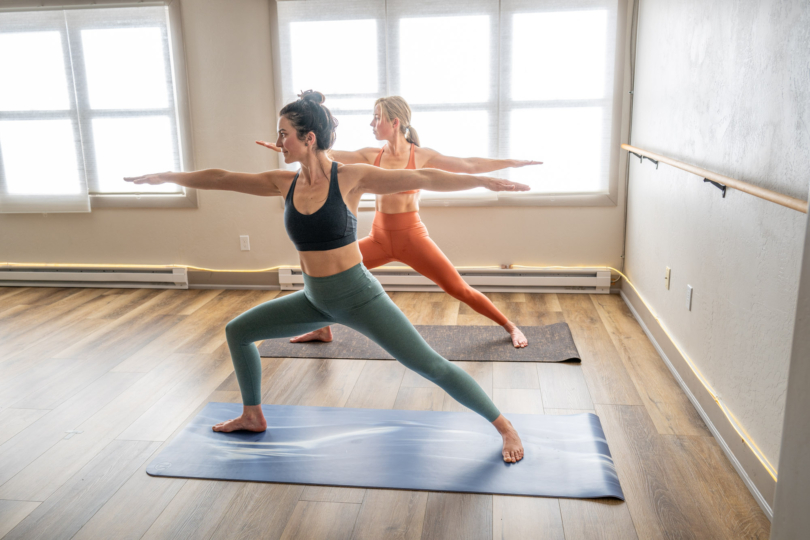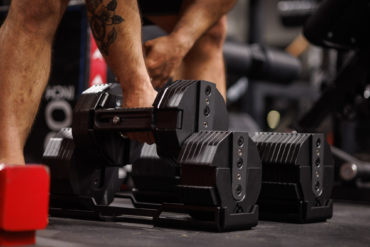Yoga mats may be similar in dimensions and thickness, but they’re not all the same. Just as there are numerous styles of yoga, there are also variations in mats, and what works well for you may not be ideal for someone practicing right next to you.
You might need a highly portable mat for travel, or you’re looking for extra cushioning for your joints. Perhaps you’re just starting out and don’t know where to begin, or you want to find the perfect options for hot yoga classes. However you practice yoga, or whatever your price point, there is a yoga mat out there to meet your needs.
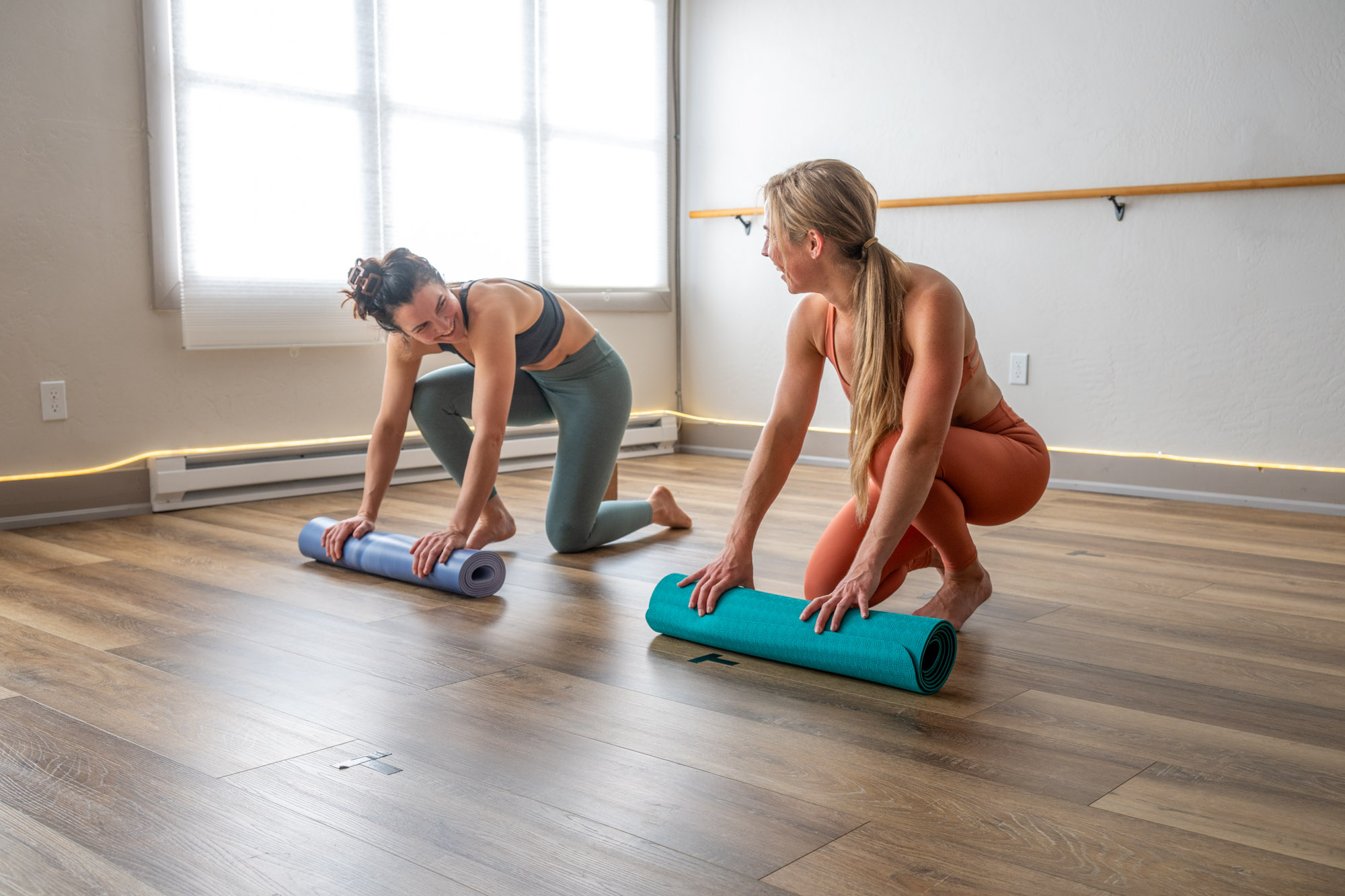
How to Choose a Yoga Mat
There are quite a few options for yoga mat materials. You may notice, as you search, that many have multiple materials for the top, bottom, and inside. That’s because the outer layers focus on grip and texture, while the inner layers provide cushioning and support.
Material
Your choice of yoga mat material should depend on where you practice and the type of yoga you do. For example, if you like hot yoga, you’ll want a mat that dries as you sweat. Options for material range from cork and jute to sustainable rubber and sometimes a blend of these materials.
PVC
Polyvinyl chloride (PVC) is a synthetic plastic used in various applications, including gym flooring and yoga mats. Although it’s not a natural material, PVC is known for longevity and durability, so these mats tend to last longer than natural options like jute or cork.
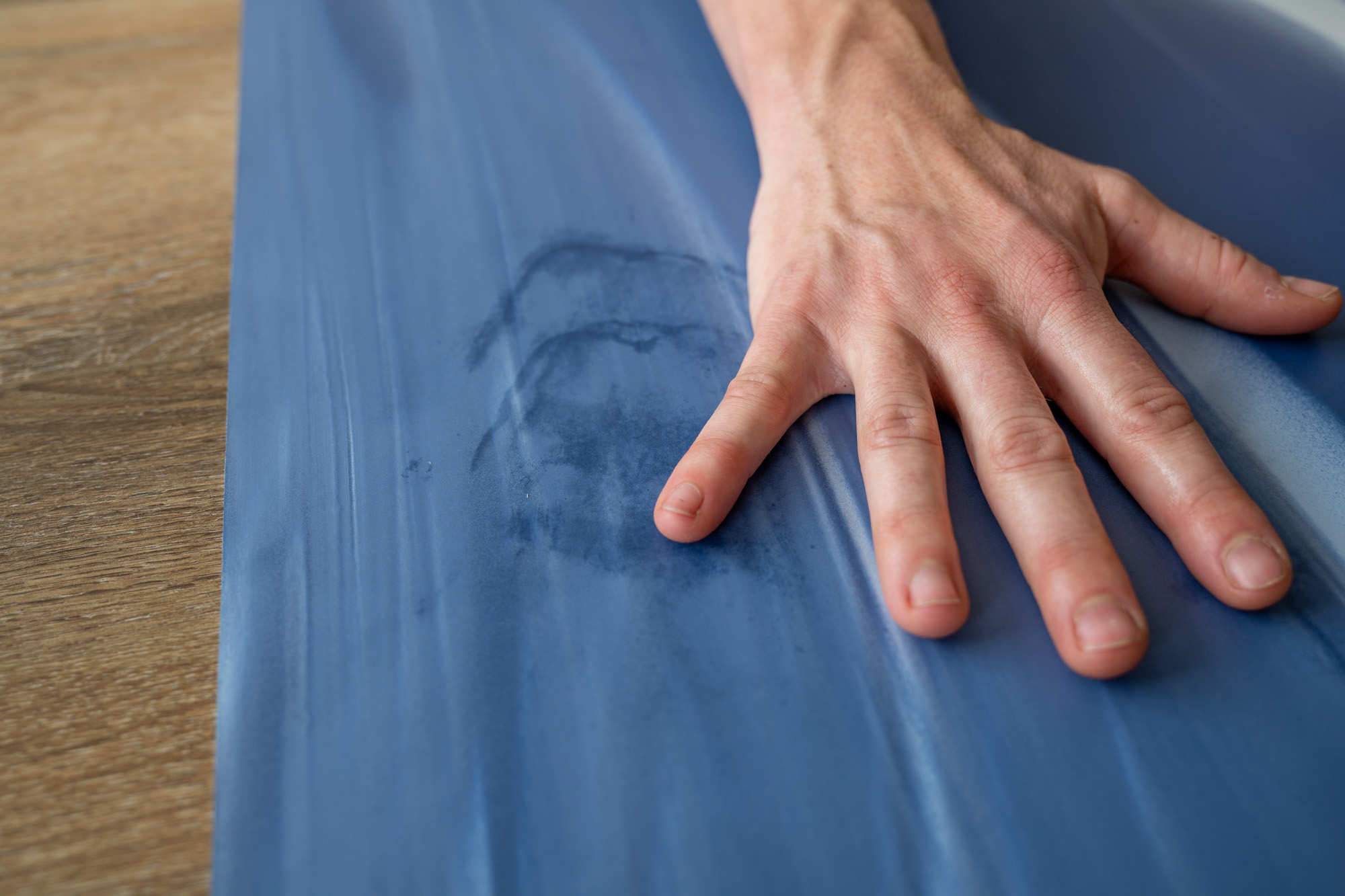
FSC Rubber
The FSC certification is given to products that utilize sustainable forest management practices, so a mat with this designation is considered an environmentally friendly option. Basically, it means the rubber was sourced in accordance with specific sustainable standards.
Jute
Made from the fibers of the jute plant, a jute yoga mat is considered a natural material.
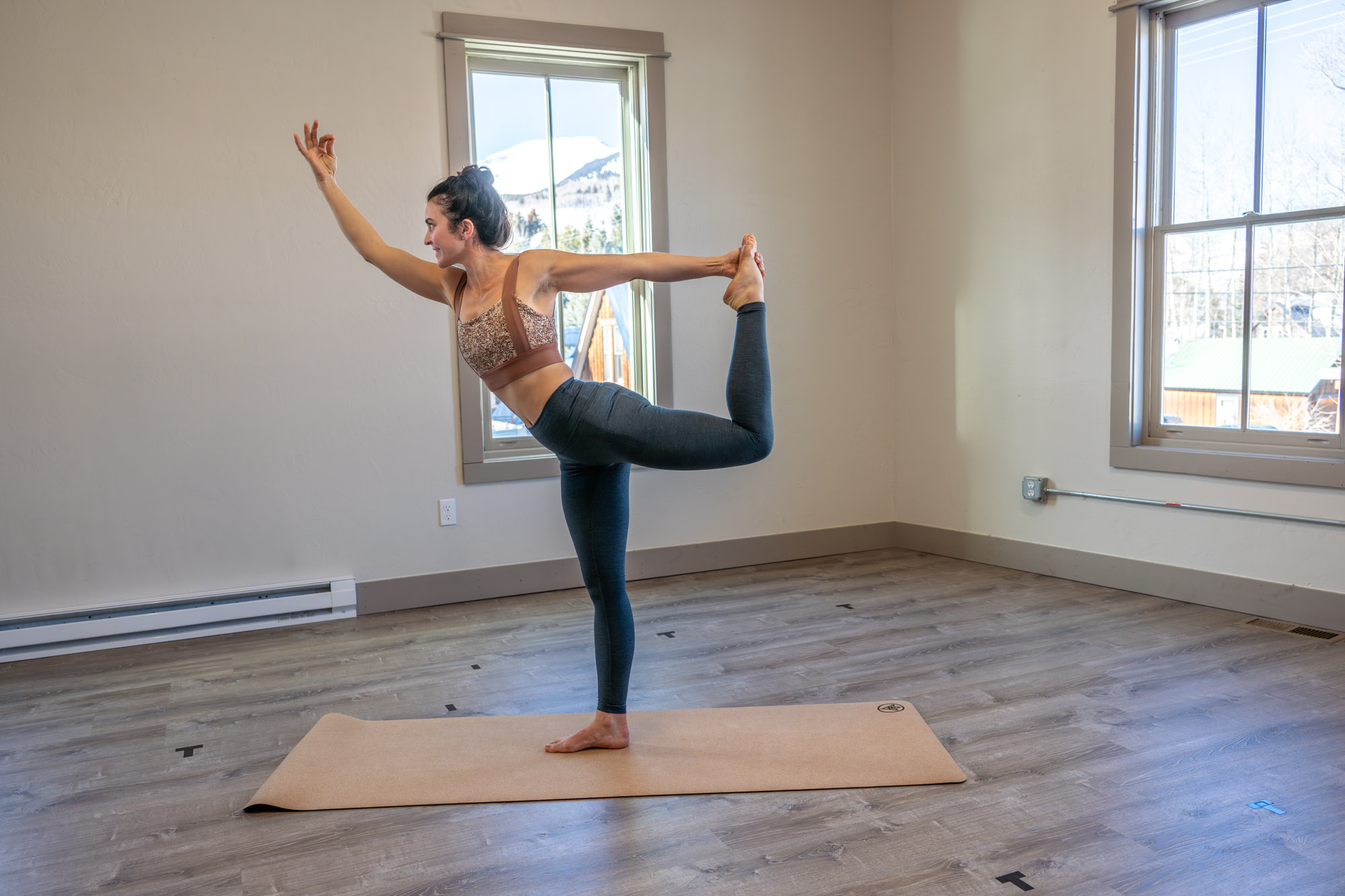
Cork
Similar to jute, cork is a natural fiber derived from the bark of certain trees. It’s considered sustainable because trees aren’t cut down and harvested; instead, the bark is stripped throughout the tree’s life.
Blend of Materials
Many mats are made from a blend of materials, particularly those that are reversible. For instance, there may be cork or jute on one side, and a type of rubber or foam on the other. This can be helpful if you prefer a different material for one class over another, such as jute or cork in hot yoga, but a more cushioned foam in a restorative class.
In general, it’s impossible to say whether one material is better than another, or even grippier, because they are all very similar in terms of durability, grip, and density. Because of that, choosing a mat comes down to individual preference — some people like the feel of cork, for example, while others might prefer a mat with FSC rubber.
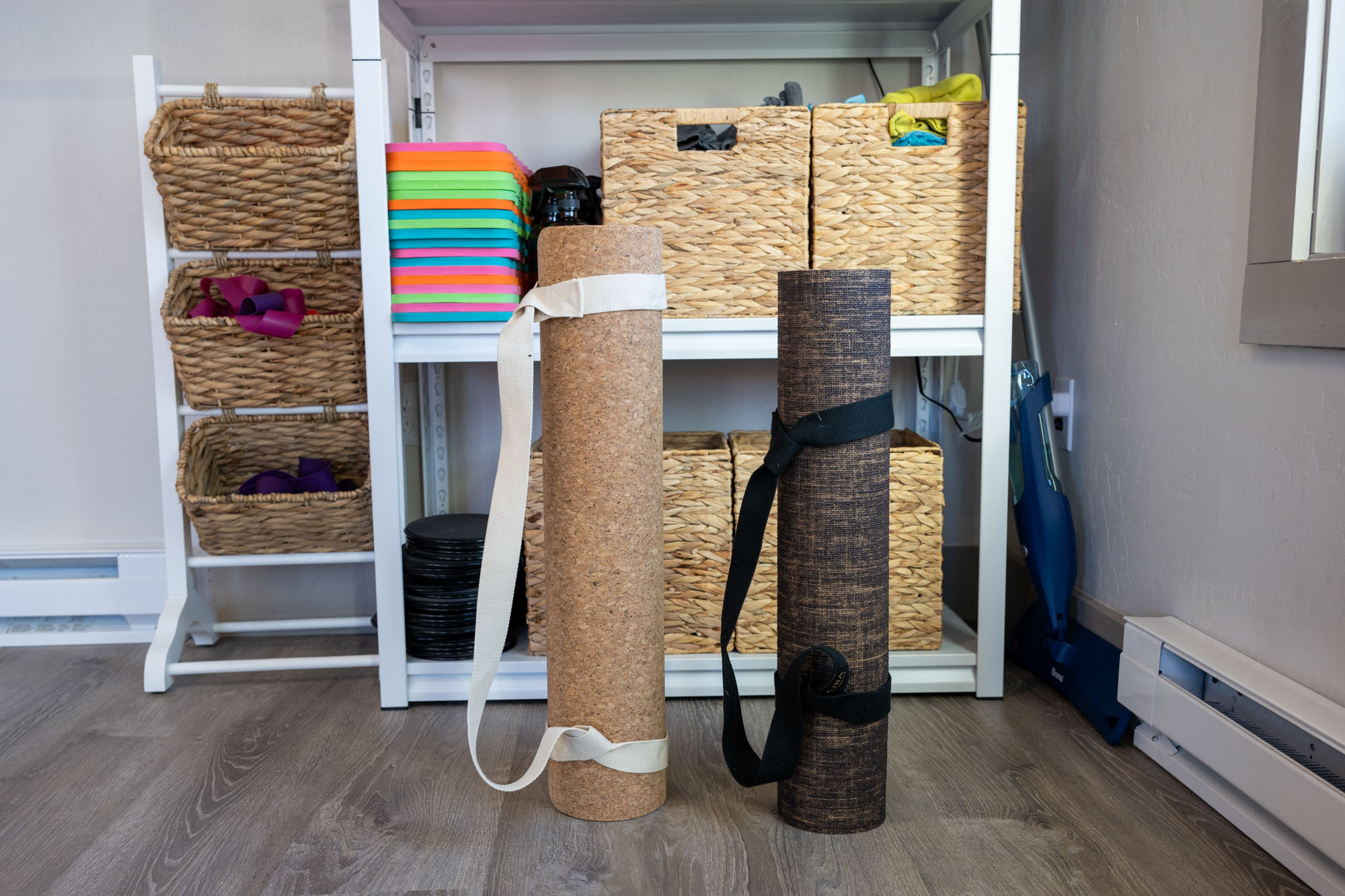
Thickness
While many yoga mats are either 5mm or 6mm thick, they range from 2 mm to an inch in thickness. The thicker mats are best suited for individuals who require extra support and those experiencing joint pain or chronic injuries.
When yoga mats are too thick, they tend to decrease your stability because you sink into the mat. That said, thick and sturdy mats are a great option for people with chronic joint pain who need a bit of extra cushioning.
When they are too thin, you may find that you lack sufficient support for holding restorative yoga poses or practicing on uneven surfaces, such as outdoors.
If you are aiming for maximum comfort, a thicker mat will provide that. Moreover, if you frequently practice restorative yoga, in which you hold poses for longer, a more cushioned mat will keep you comfortable.
The thinner the mat, the more compact it will be. If you enjoy bringing your yoga practice outdoors or frequent gym classes, you may want a compact, portable mat. When there is less cushion, the mat tends to provide more stability. Although if you are on rough terrain, you may feel it.
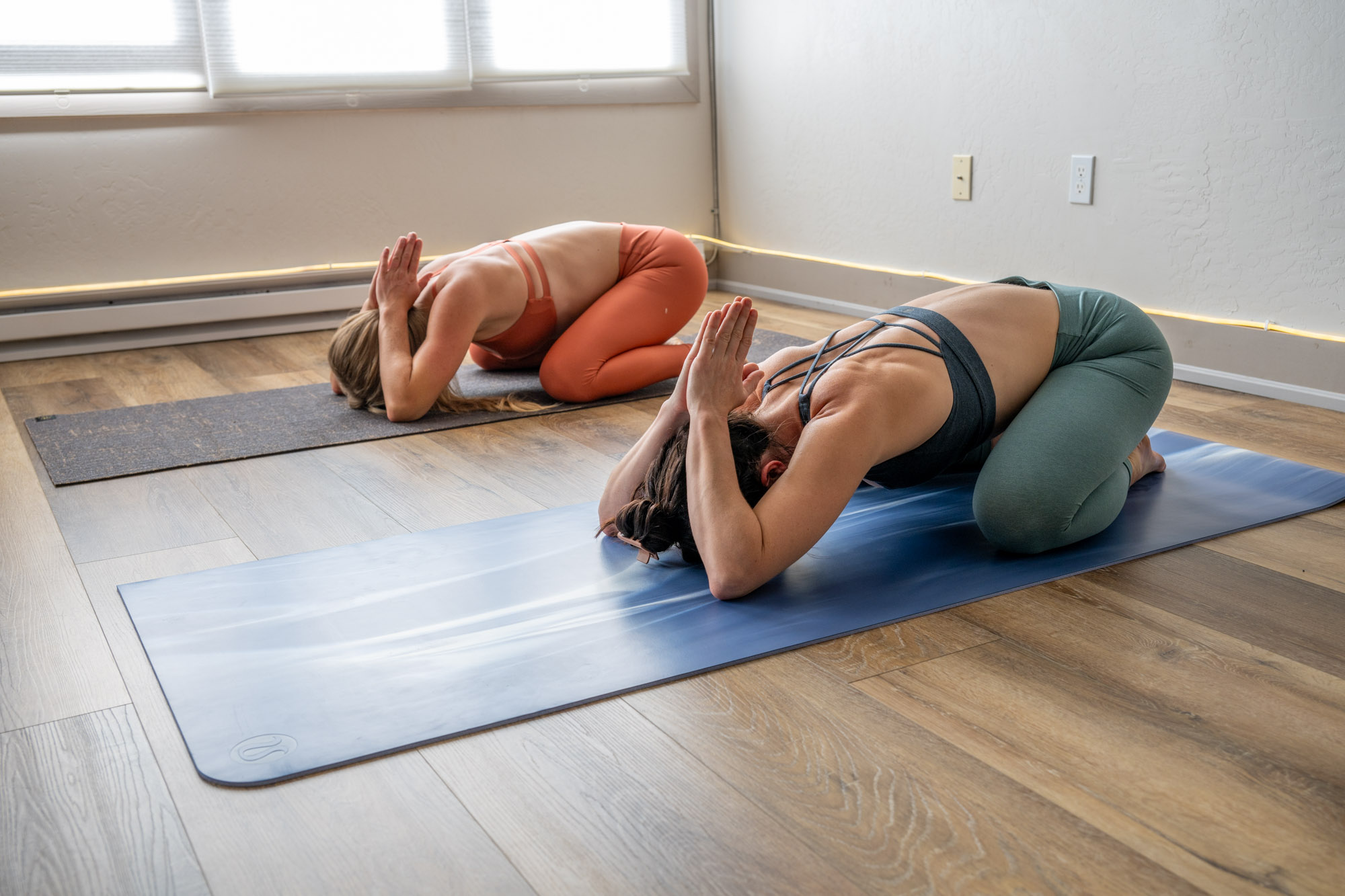
Firmness or Density
One quality that goes hand in hand with thickness is firmness. Yoga mat materials and thickness are two features that vary a lot and impact the firmness and stability you will get from your mat.
If you have ever been to a gym for a fitness class, you probably noticed that there are different mats for yoga and other exercises like Pilates or high-intensity interval training (HIIT). This is because certain yoga poses can actually be more difficult with an overly cushioned mat.
If you primarily practice more meditative or restorative yoga, featuring long-held, restful poses often on the back or knees, an extra-supportive mat can help protect your joints and spine from fatigue. For others practicing a more core-focused, aerobic yoga with fast transitions between poses, a denser mat will help prevent slipping or overextending during movements.
Dense foam mats, natural rubber mats, and mats with a harder top layer are all good options for providing sufficient stability and protection for your joints as you move through your practice.
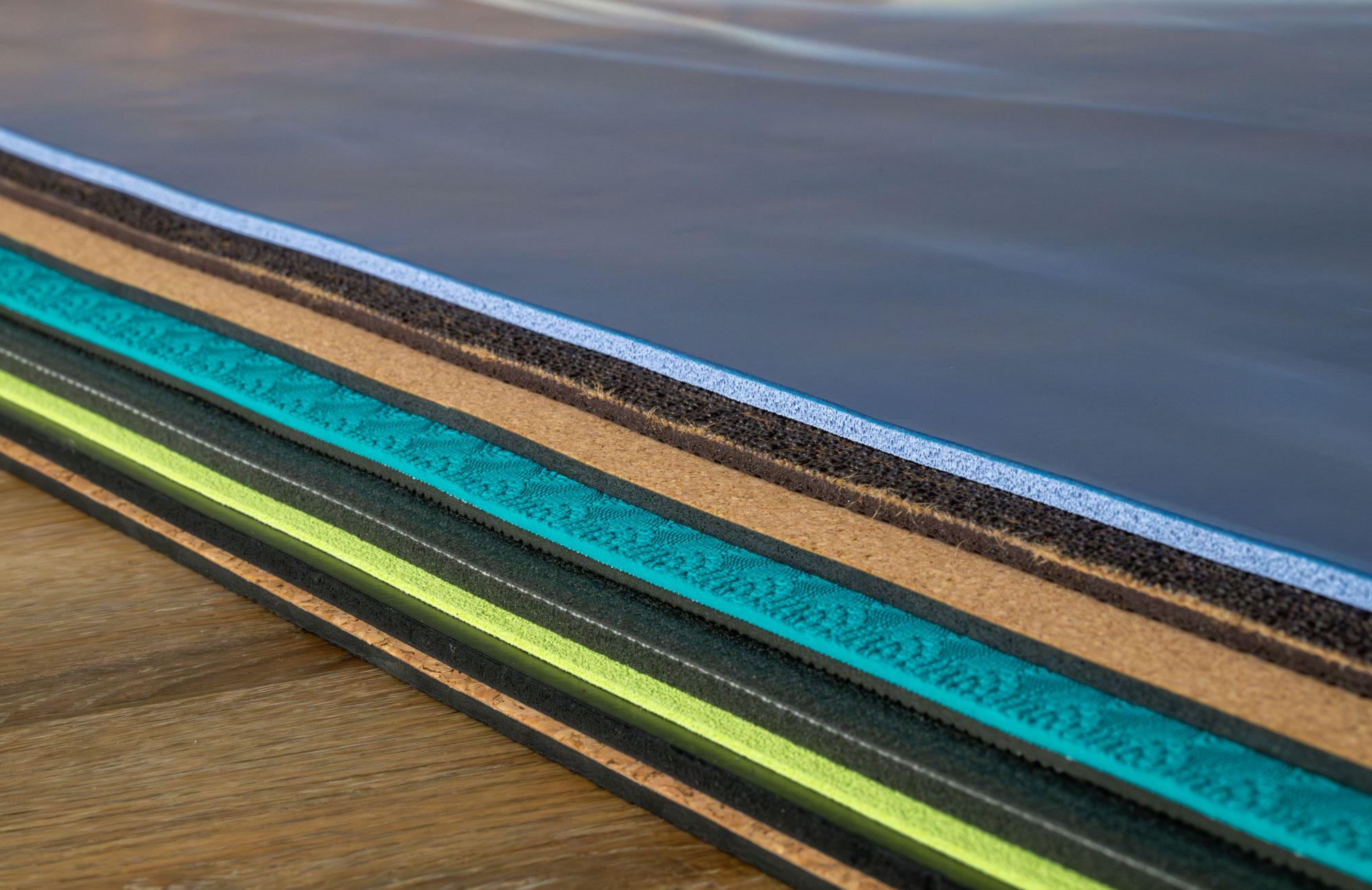
Length
Most yoga mats tend to be right around the 6-foot — or 72-inch — mark. If you are shorter, you may opt for something around 68 inches.
It is not bad to have extra room on your mat, though, unless you are concerned with compactness. In fact, we like having extra space to stretch back and step forward without falling off the mat.
If you are taller, we would definitely recommend finding an extra-long mat. Otherwise, you will often have your feet hanging off the end. Depending on where you practice, this could be uncomfortable or even unsafe. For more space, there are extra-long options that extend around 85 inches (7’1″).
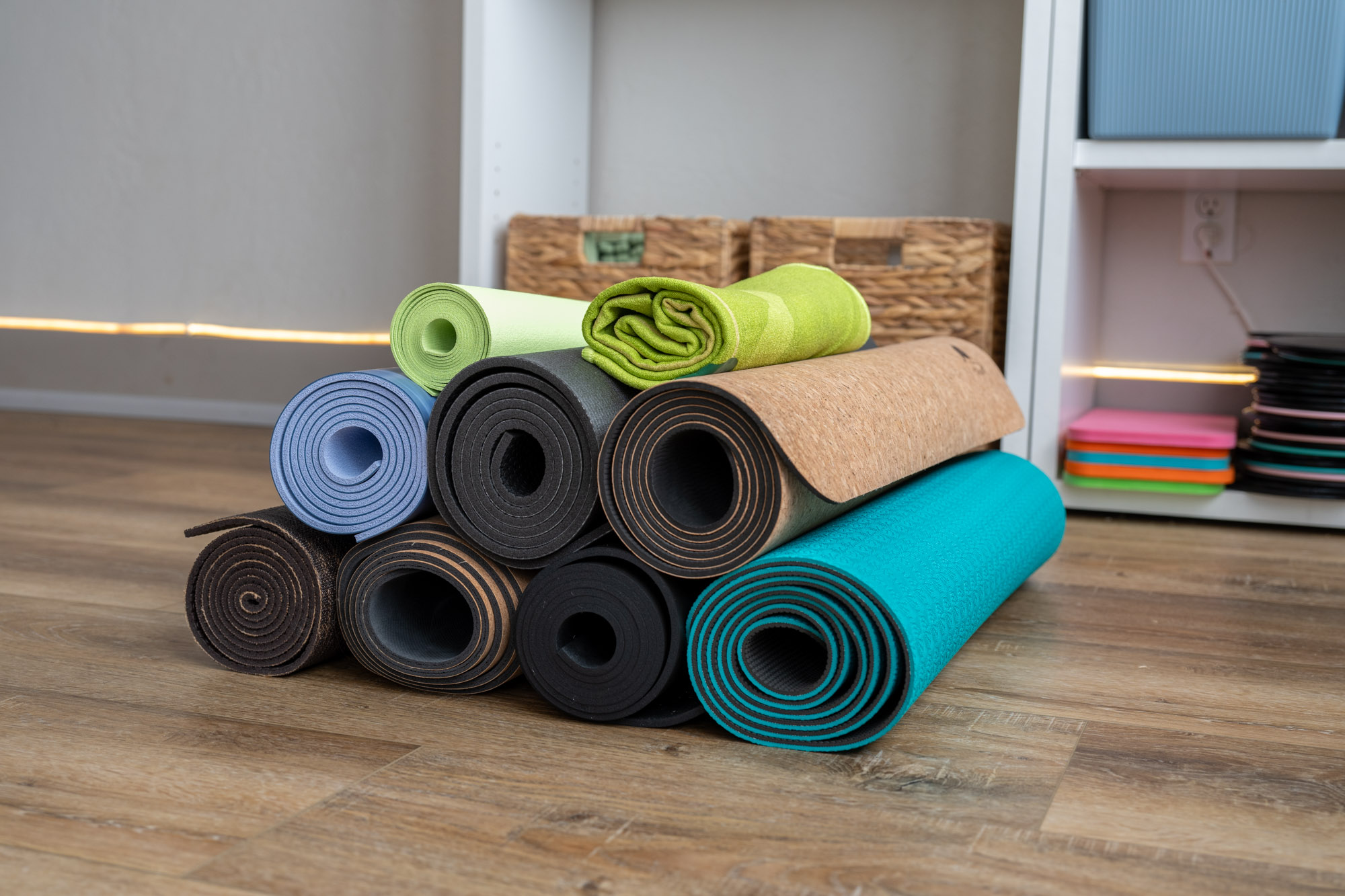
Width
The width of yoga mats is even more uniform than their length, with most clocking in at 24 or 26 inches. This tends to be accommodating enough for most people, but you may prefer something wider if you practice a lot of restorative yoga and stretching.
If you are looking for the most compact and portable mat, there are foldable mats that fold in half to be only 12 inches wide.
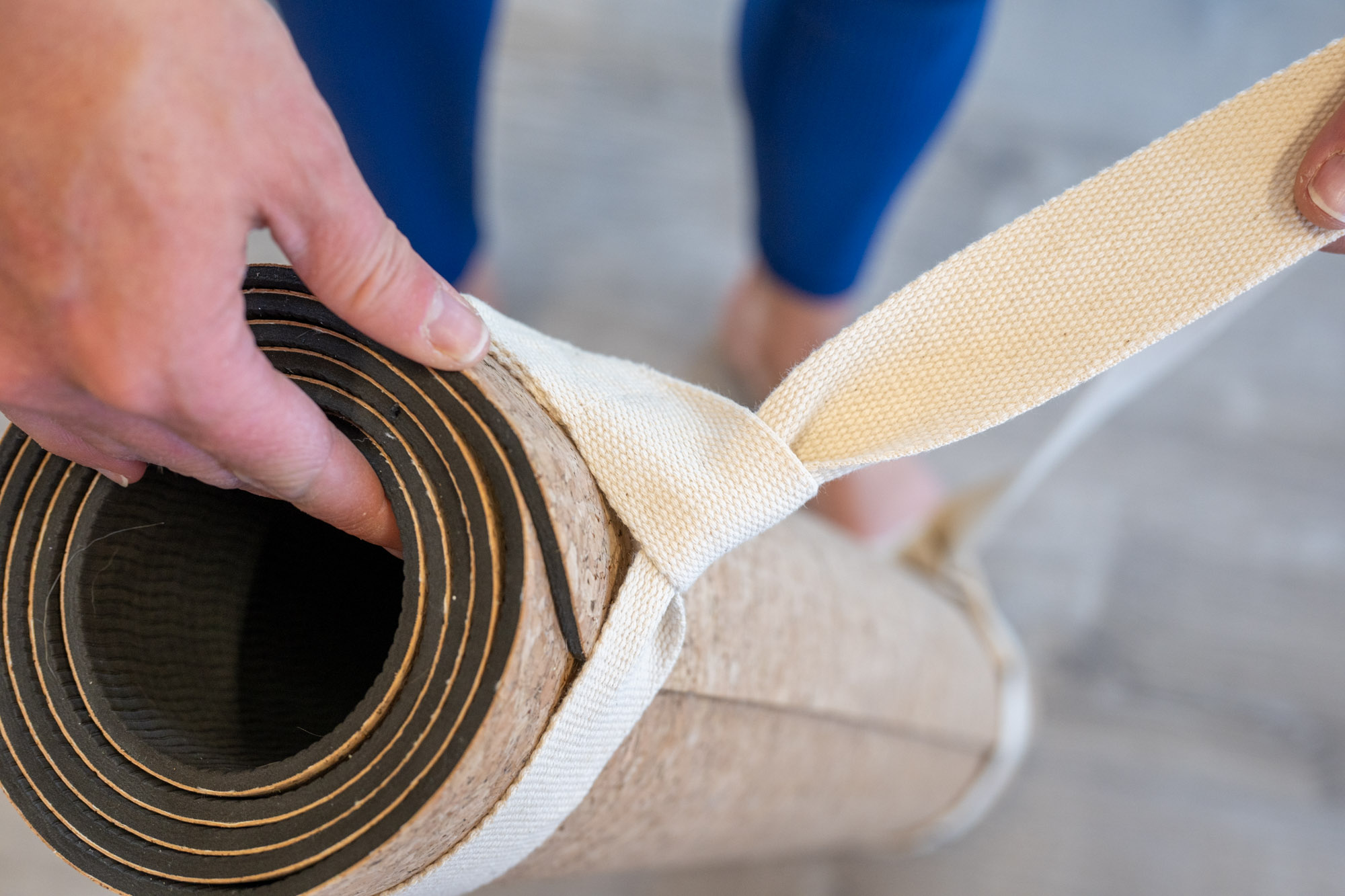
Grip
Grip is a very important feature of a yoga mat, and for many people, it’s the top consideration when choosing a mat. You want to choose a yoga mat that is textured enough to prevent slipping, yet smooth enough to be comfortable. When holding a pose — on your forearms, for example — an overly textured mat could prove uncomfortable and irritating to your skin.
Overall, the grip of a mat can also change your sensory experience of a yoga class. For instance, if you feel your mat isn’t grippy enough, it can undermine your confidence when getting into different poses.
It is also important to note the texturing on the bottom side of the mat. Many high-quality yoga mats have a nonslip bottom, so they do not slide out from under you. If you often practice in a carpeted room, be sure to get an extra-textured mat to keep you safe and sturdy while transitioning between poses.
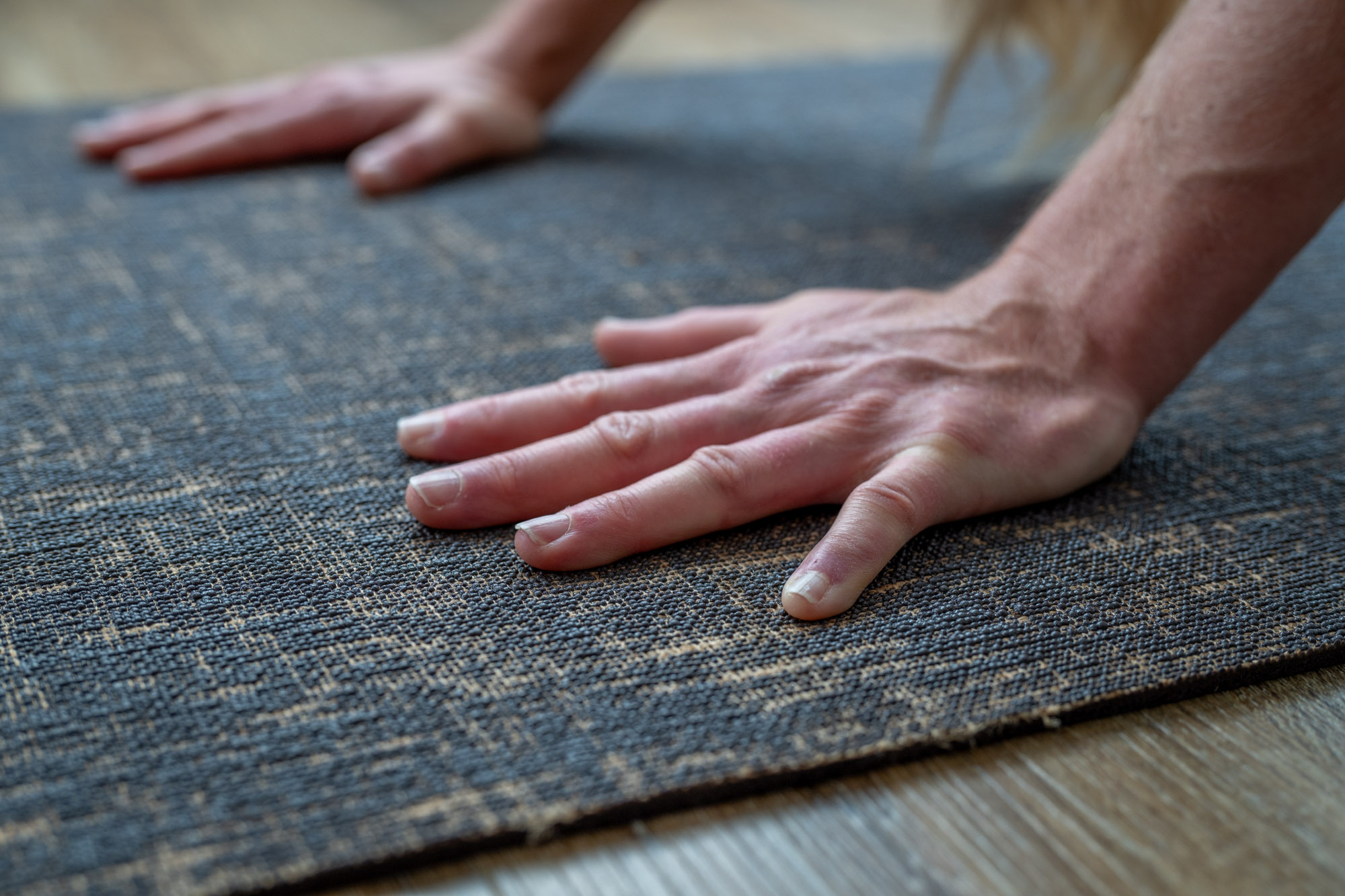
Sustainability
If you are searching for an eco-friendly yoga mat, many manufacturers focus on this as an attribute, so it’s not hard to find sustainable materials used. For example, some mats are partially made from sugarcane that’s grown in poorer soil, which helps support the communities where it’s cultivated.
There are also numerous yoga mats made from sustainably harvested tree rubber, biodegradable mats, and options produced via a zero-waste process.
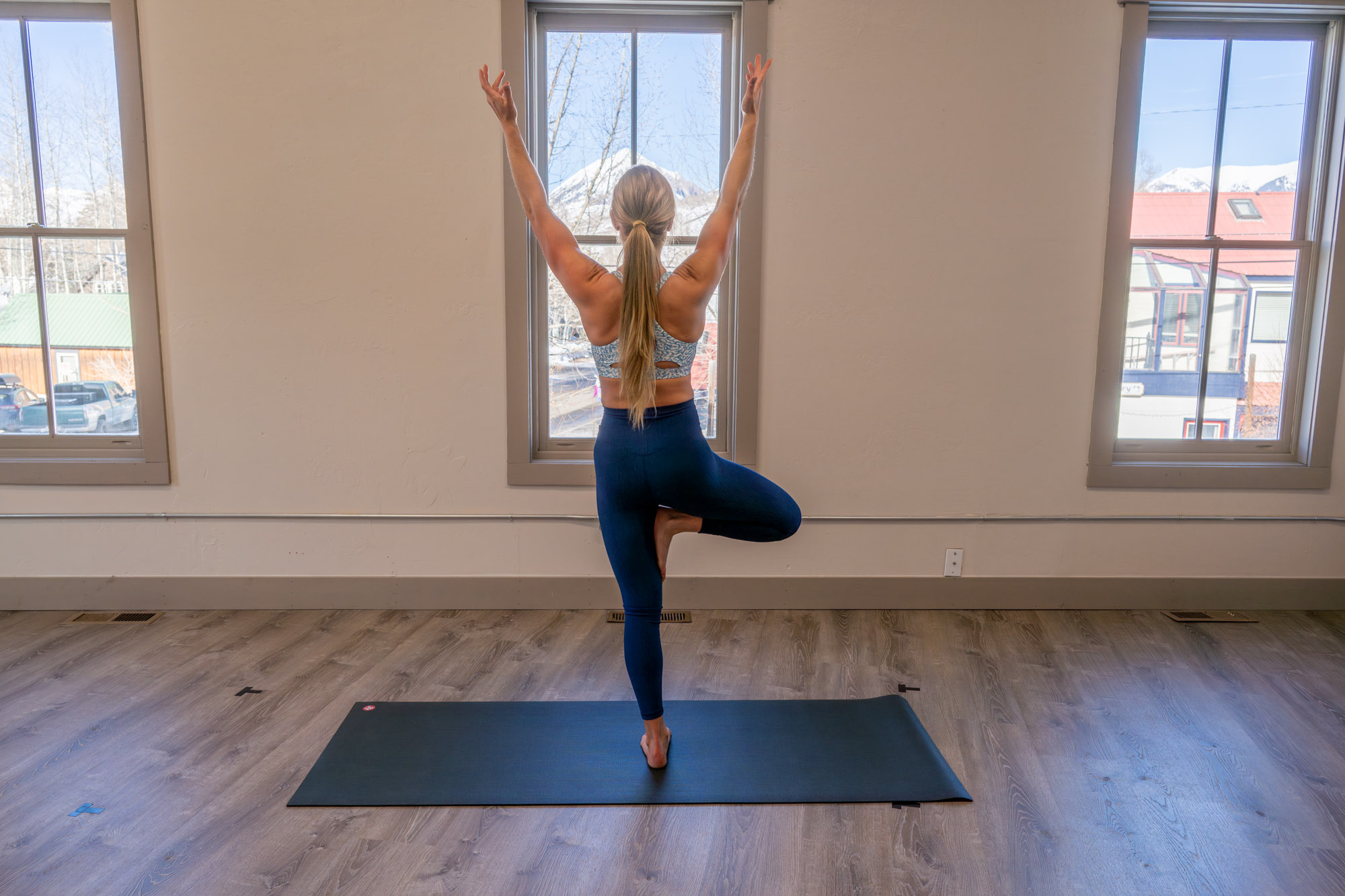
Portability
Unless you exclusively practice yoga at home, you will likely transport your yoga mat from time to time. Keep this in mind as you consider the mat’s size. The compactness of folding mats might be a huge factor in your decision.
Another helpful feature for your ultimate enjoyment of the mat is the included accessories. Carrying straps for yoga mats can cost around $20 or more. If you want added value with your purchase, mats from Retrospec and Ajna include straps.
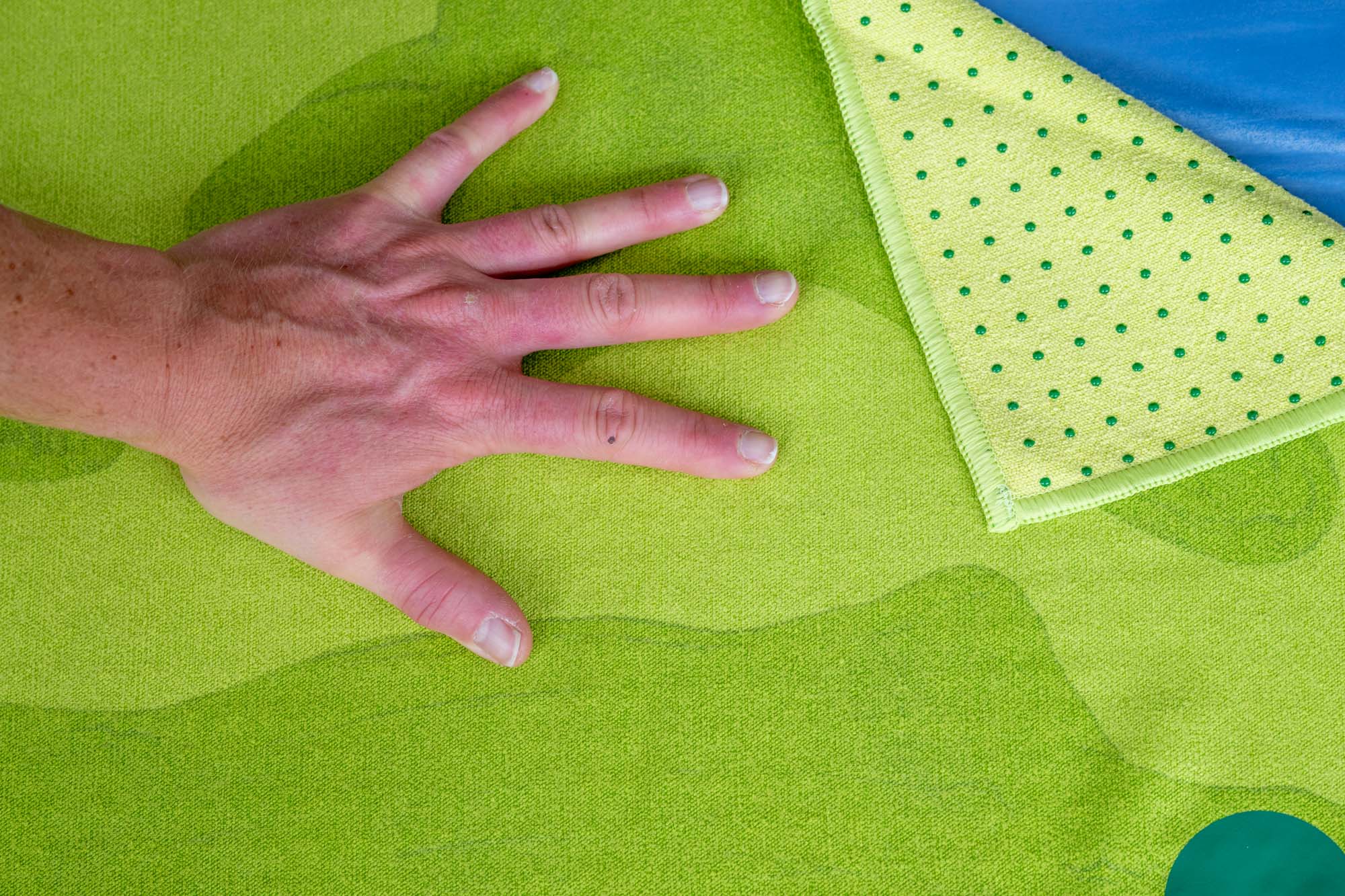
Yoga Mat Accessories
Apart from a carrying case or strap that can fit securely on your mat, you usually don’t need much more for a class. However, one accessory that some people like for a hot yoga class is a towel. Yoga towels can cost upward of $60, but they’re more than just for wiping away sweat.
Many yoga towels have a grippy side for your mat and an absorbent side for your practice. Not only does it help you maintain your poses, but it can also spare you the need to clean your mat thoroughly after every hot yoga class.
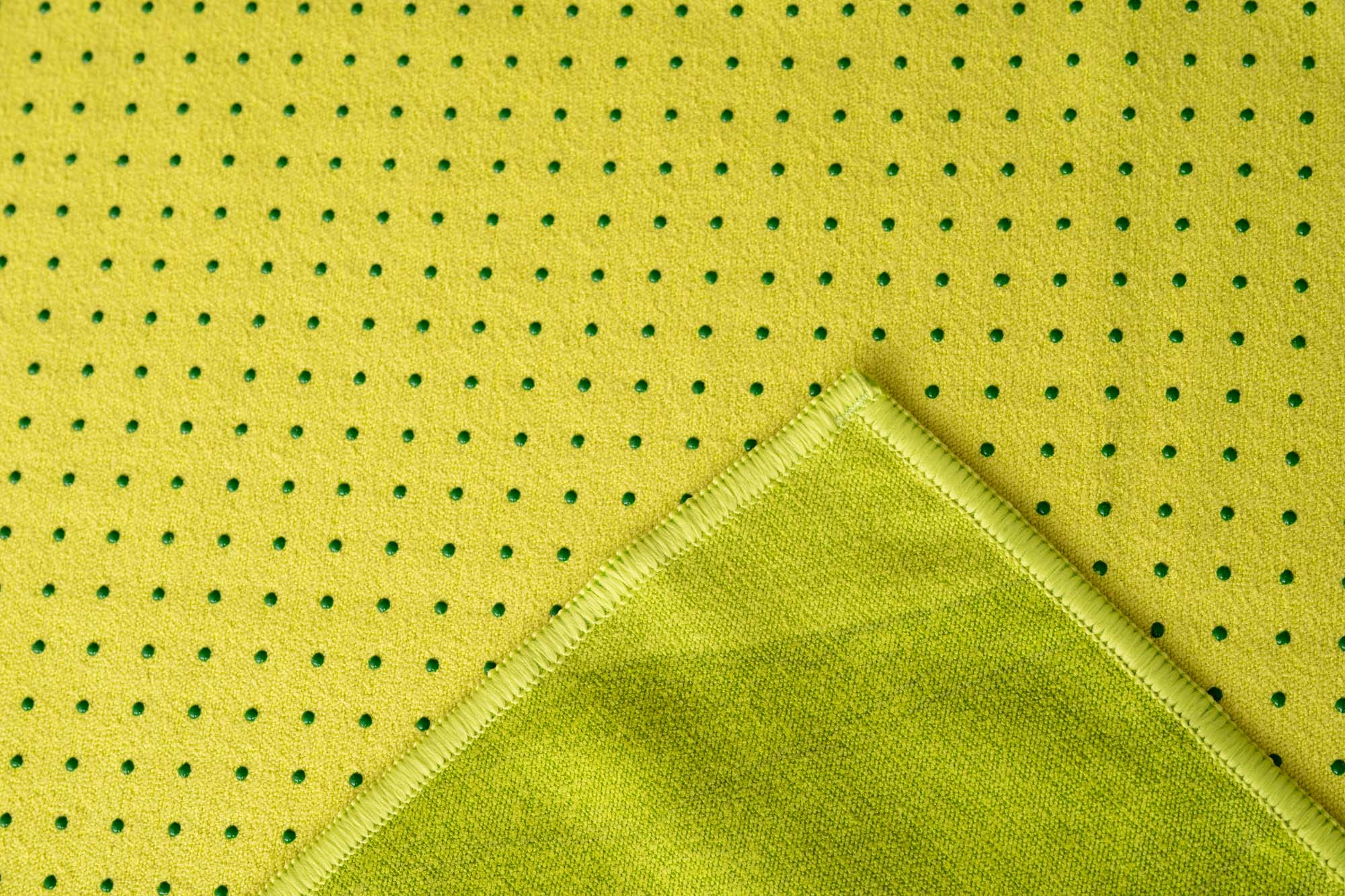
How to Clean Your Yoga Mat
It is a good idea to clean your yoga mat after each use. You can wipe the mat down with a damp cloth and hang it up to dry if it’s been lightly used or if you didn’t sweat during class. If it needs a more thorough cleaning, you can use a non-scented, mild soap mixed with water and wash it down that way.
Some brands, like Manduka, sell cleaning solutions for their yoga mats and do not recommend using any other cleaning products.
Keep in mind that you should always let your yoga mat dry thoroughly before rolling it up for storage, whether you’re using a DIY soapy solution or a yoga cleaning product. Otherwise, you will likely come back to find a foul odor and potentially even some mold.
You can use an antibacterial wipe for some mats, while others suggest soapy water. It is essential to read the instructions for your particular mat, as cleaning procedures depend significantly on its materials.
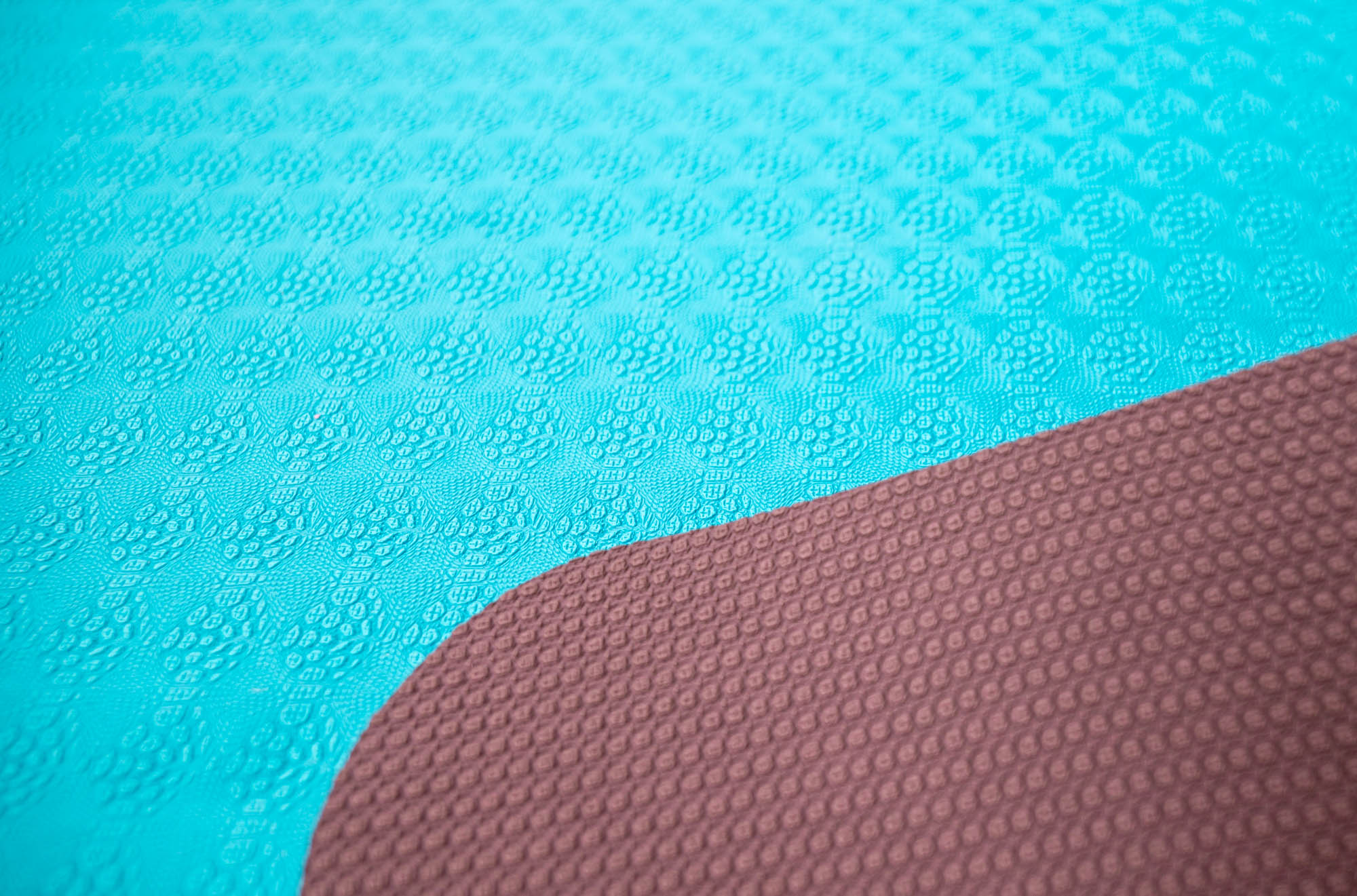
Final Thoughts on Choosing a Yoga Mat
Choosing the right yoga mat comes down to understanding your practice, your body, and your personal preferences. Materials, thickness, grip, length, and portability; each feature can influence your overall experience on the mat.
While there’s no single “perfect” mat for everyone, knowing what matters most, whether it’s extra cushioning for joints or a grippy surface for hot yoga, will help you make a confident choice. With the right mat, your practice can feel better tailored to your needs, allowing you to focus fully on your poses and flow.
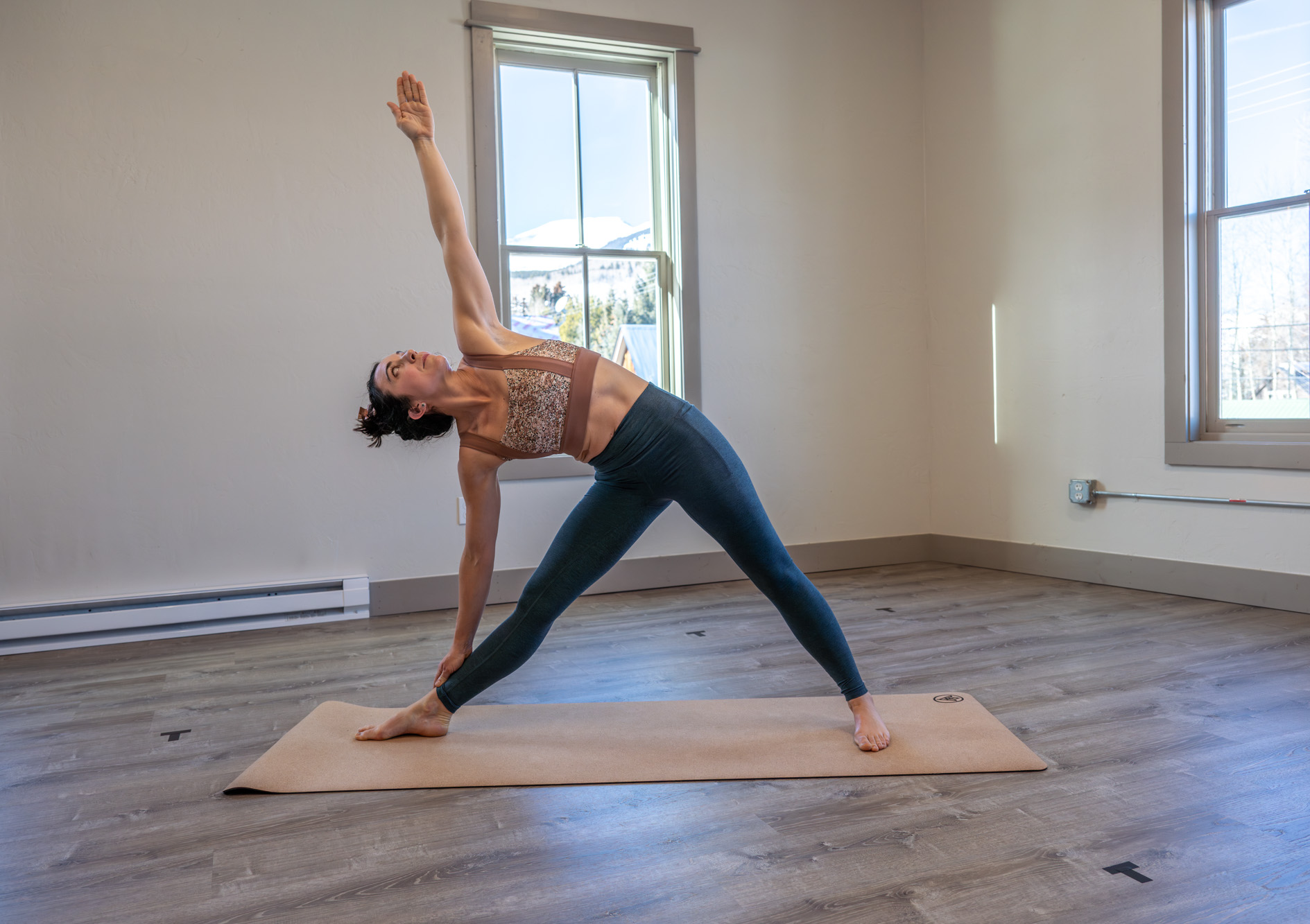
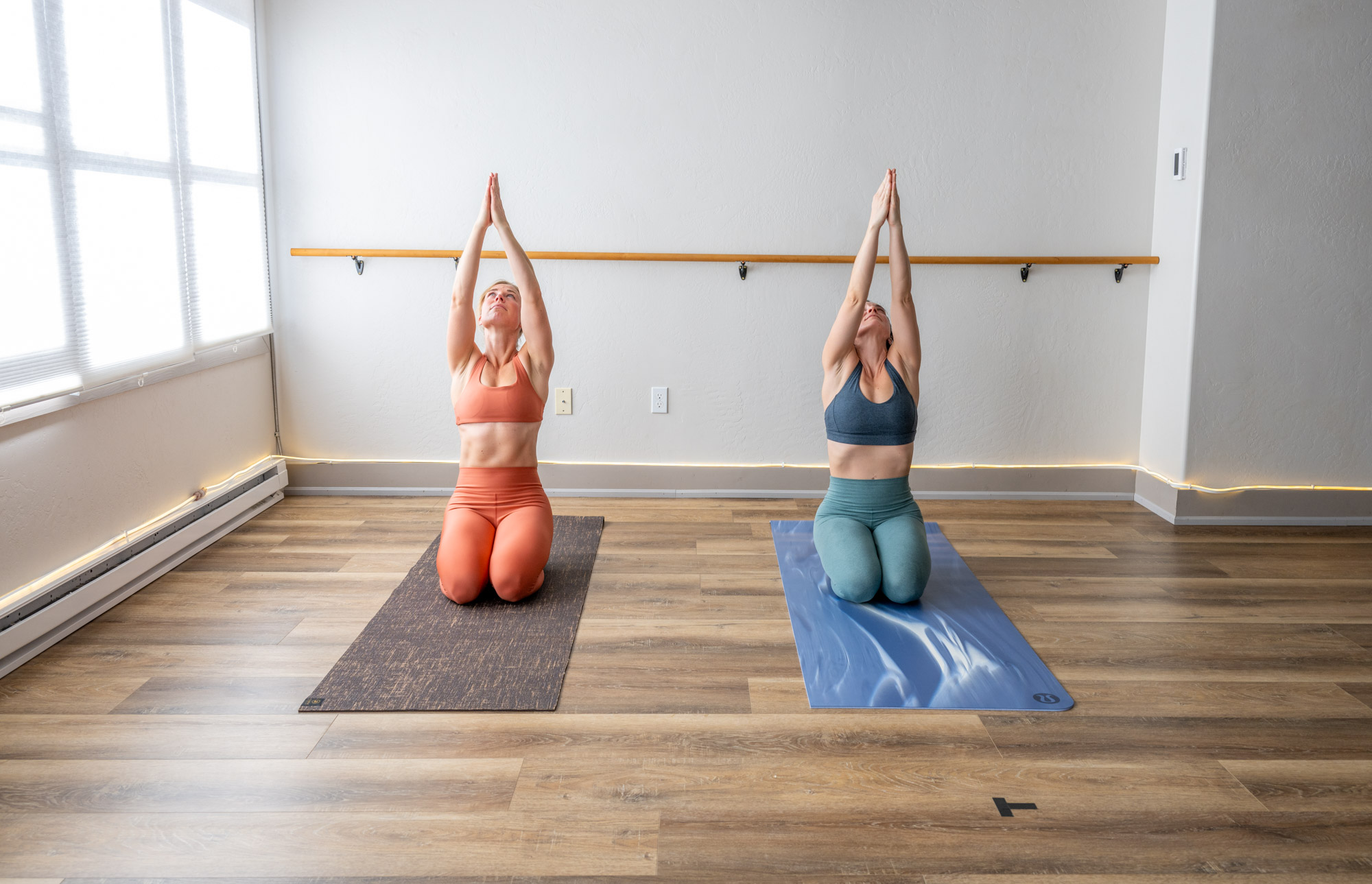
Everything You Need To Know About Sports Bras
Sports bras are a necessity for action but can also be a culprit for pain. We tested the best options for all types from Athleta to SheFit and more.
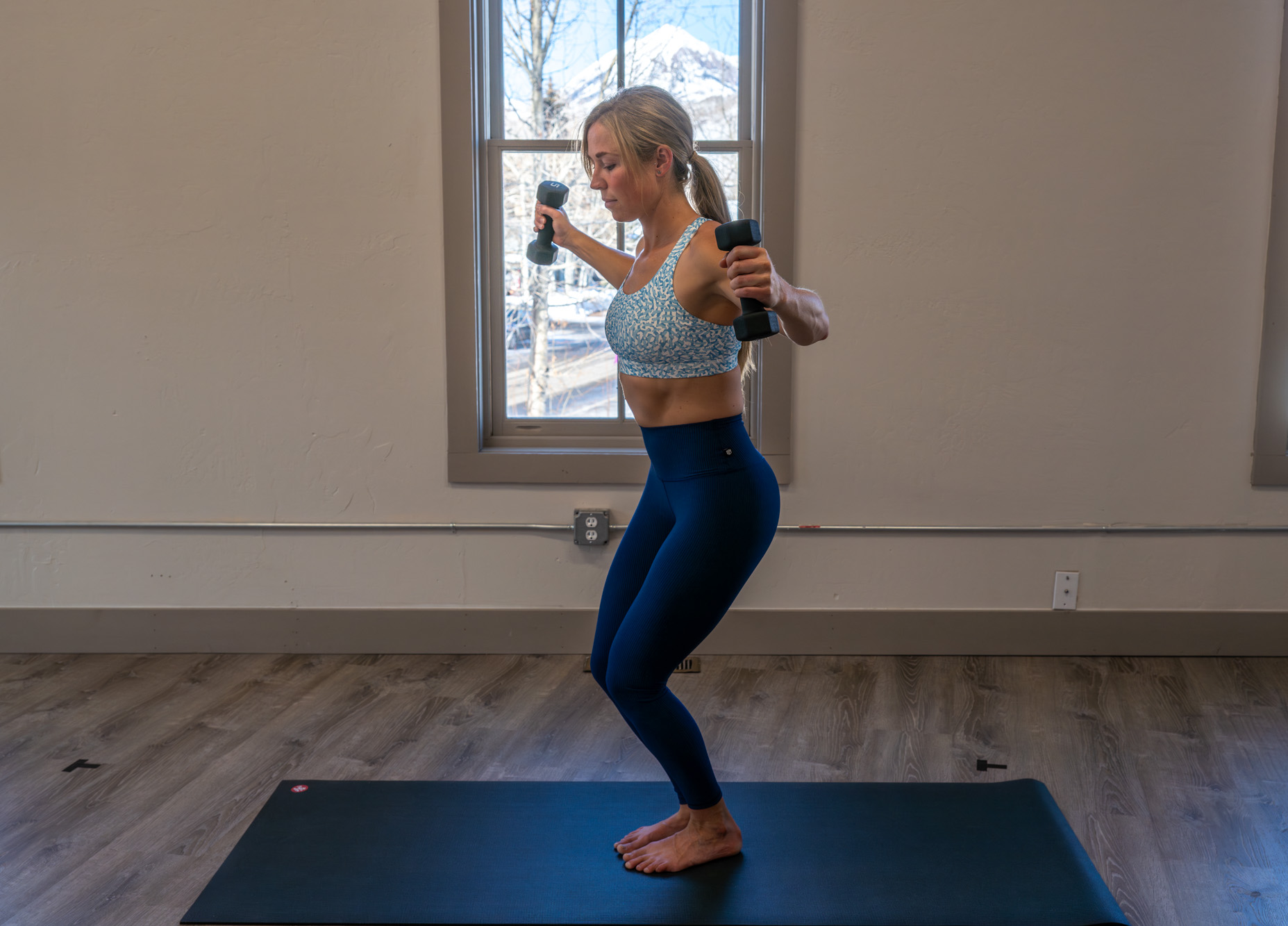
The Best Women’s Workout and Travel Leggings in 2025
We found the best women’s workout and travel leggings. With these designs you can go from yoga or a mountaintop to the coffee shop without a hitch.
